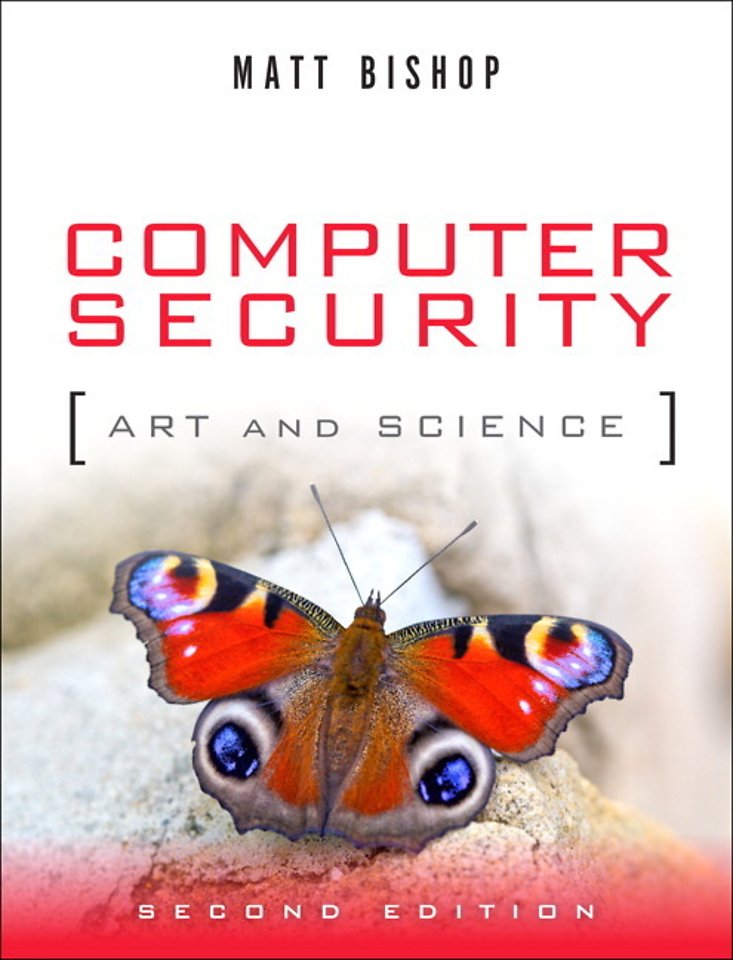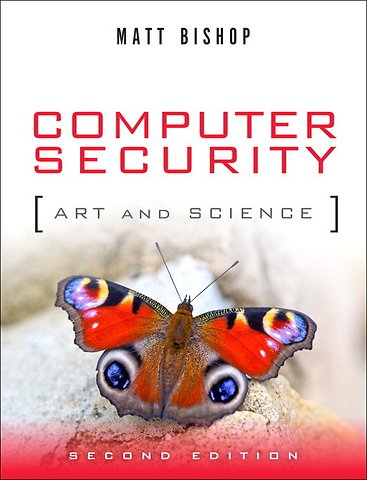Computer Security
Art and Science
Samenvatting
Today, everyone recognizes the importance of safeguarding computer systems and networks from vulnerability, attack, and compromise. But computer security is neither an easy art nor a simple science: its methodologies and technologies require rigorous study, and a deep grounding in principles that can be applied even as technologies change.
Moreover, practitioners must understand how to align concepts with real policies, and then actually implement those policies -managing inevitable tradeoffs such as "How secure do our devices really need to be, and how much inconvenience can we accept?"
In his extensively updated Computer Security: Art and Science, 2nd Edition, University of California at Davis Computer Security Laboratory co-director Matt Bishop offers a clear, rigorous, and thorough introduction to the entire modern field of computer security. Bishop covers access control; security, confidentiality, integrity, availability, and hybrid policies; policy composition; cryptography; authentication; identity management; information flow; assurance; formal methods; system evaluation; vulnerability analysis; auditing; intrusion detection, and many other topics.
This edition adds four new chapters, including a brand-new chapter-length case study on the high-profile issue of electronic voting. Through this case study, Bishop demonstrates how principles, policies, procedures, and technology come together in a crucial real-world application.
Specificaties
Inhoudsopgave
Chapter 1: An Overview of Computer Security
Part II: Foundations
Chapter 2: Access Control Matrix
Chapter 3: Foundational Results
Part III: Policy
Chapter 4: Security Policies
Chapter 5: Confidentiality Policies
Chapter 6: Integrity Policies
Chapter 7: Availability Policies
Chapter 8: Hybrid Policies
Chapter 9: Noninterference and Policy Composition
Part IV: Implementation I: Cryptography
Chapter 10: Basic Cryptography
Chapter 11: Key Management
Chapter 12: Cipher Techniques
Chapter 13: Authentication
Part V: Implementation II: Systems
Chapter 14: Design Principles
Chapter 15: Representing Identity
Chapter 16: Access Control Mechanisms
Chapter 17: Information Flow
Chapter 18: Confinement Problem
Part VI: Assurance
Chapter 19: Introduction to Assurance
Chapter 20: Building Systems with Assurance
Chapter 21: Formal Methods
Chapter 22: Evaluating Systems
Part VII: Special Topics
Chapter 23: Malware
Chapter 24: Vulnerability Analysis
Chapter 25: Auditing
Chapter 26: Intrusion Detection
Chapter 27: Attacks and Responses
Part VIII: Practicum
Chapter 28: Network Security
Chapter 29: System Security
Chapter 30: User Security
Chapter 31: Program Security
Part IX: Appendices
Appendix A: Lattices
Appendix B: The Extended Euclidean Algorithm
Appendix C: Entropy and Uncertainty
Appendix D: Virtual Machines
Appendix E: Symbolic Logic
Appendix F: The Encryption Standards
Appendix G: Example Academic Security Policy
Appendix H: Programming Rules
Anderen die dit boek kochten, kochten ook
Net verschenen
Rubrieken
- aanbestedingsrecht
- aansprakelijkheids- en verzekeringsrecht
- accountancy
- algemeen juridisch
- arbeidsrecht
- bank- en effectenrecht
- bestuursrecht
- bouwrecht
- burgerlijk recht en procesrecht
- europees-internationaal recht
- fiscaal recht
- gezondheidsrecht
- insolventierecht
- intellectuele eigendom en ict-recht
- management
- mens en maatschappij
- milieu- en omgevingsrecht
- notarieel recht
- ondernemingsrecht
- pensioenrecht
- personen- en familierecht
- sociale zekerheidsrecht
- staatsrecht
- strafrecht en criminologie
- vastgoed- en huurrecht
- vreemdelingenrecht







